Ardashir-nāmah (Shāhin-i Shirāzi)
Artist Unknown
Mowlānā Shāhīn-i Shīrāzī
ca. 1680
Image
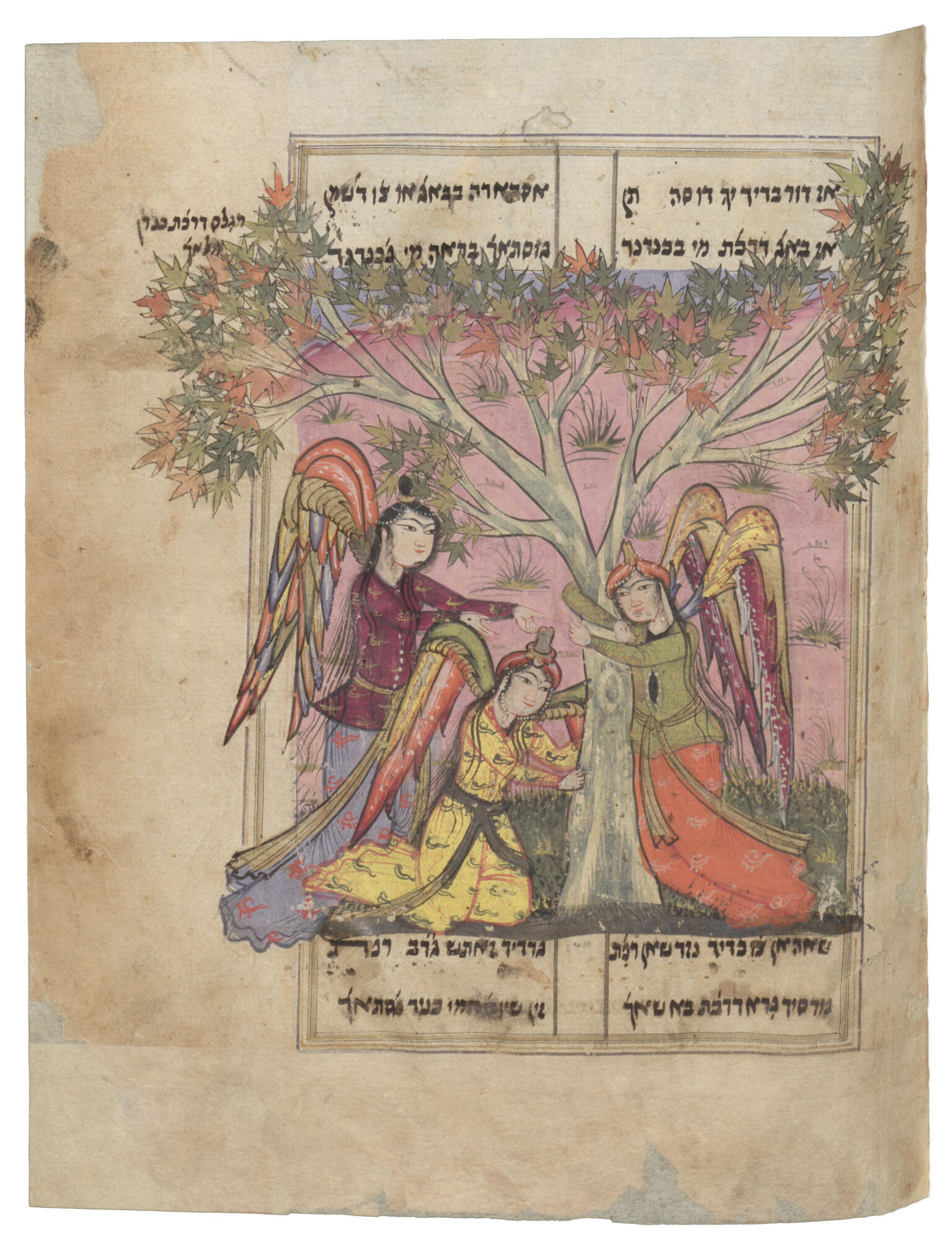
Engage with this Source
Related Guide
Early Modern Visual and Material Culture
1500–1750
Early modern Jewish visual culture flourished, with illuminated manuscripts, ornate synagogues, and portraiture alongside increasing non-Jewish interest in Jewish customs and greater Jewish self-representation.
Creator Bio
Mowlānā Shāhīn-i Shīrāzī
14th Century
Mowlānā Shāhīn-i Shīrāzī was a Judeo-Persian poet, known for poetic epics that retell biblical books in rhymed couplets, a form called masnavī: Bereshit-nāmah (Genesis), Musā-nāmah (the story of Moses), Ardashir-nāmah (Esther); and Ezra-nāmah (Ezra). His name, likely assumed, means “Our Master the Royal Falcon of Shiraz.” He lived in Īlkhānid Persia during the rule of Bahādur Abū Sa‘īd (1316–1335), for whom he wrote a panegyric.
You may also like
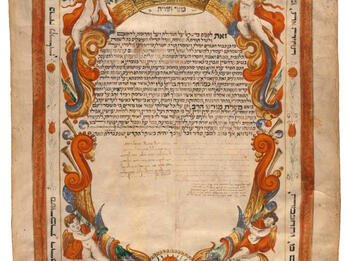
Rabbinic Ordination Certificate
This rabbinic ordination certificate granted to Judah ben Eliezer Briel was printed as a broadside in Venice and signed by prominent Venetian rabbis. It certifies his learning and his fitness to…
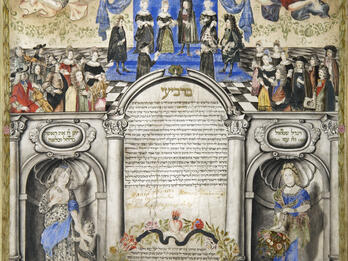
Ketubah (Hamburg)
On June 7, 1690, Samuel de Isaac Senior Teixeira married Rachel Teixeira de Mattos Senior in Hamburg. Their beautiful ketubah (marriage contract) depicts the couple under the wedding canopy…
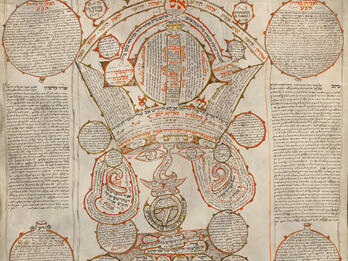
Sefirotic Diagram of the First Man
According to the colophon, Natan Hammerschlag’s Ilan de-adam kadmon (Sefirotic Diagram of the First Man) was copied from the writings of Ḥayim Vital, the most prominent disciple of Isaac Luria…
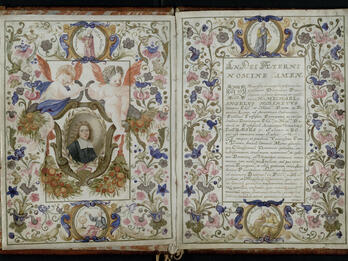
Diploma of Doctor of Medicine (University of Padua)
This diploma of Doctor of Medicine was awarded to Jacob Mahler by the University of Padua, Italy. Mahler, born in Bingen-on-Rhine, Germany, studied medicine and philosophy, and in 1695 was awarded a…
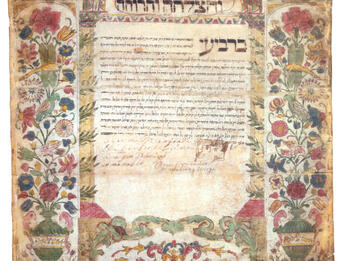
Ketubah (Bayonne)
This ketubah (marriage contract), was signed in Bayonne, France, whose Jewish community originated with New Christians from Spain and Portugal in the sixteenth century. It marks the wedding of Isaac…
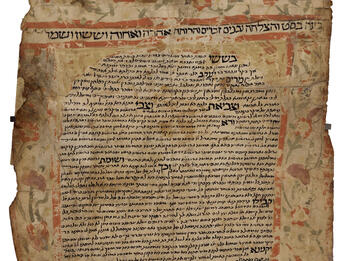
Ketubah (Damascus)
This ketubah (marriage contract) from Damascus, signed on the 21st of Shevat 5466, or February 5, 1706, features a text set within an arch, and flanked on both sides and above with green and orange…

